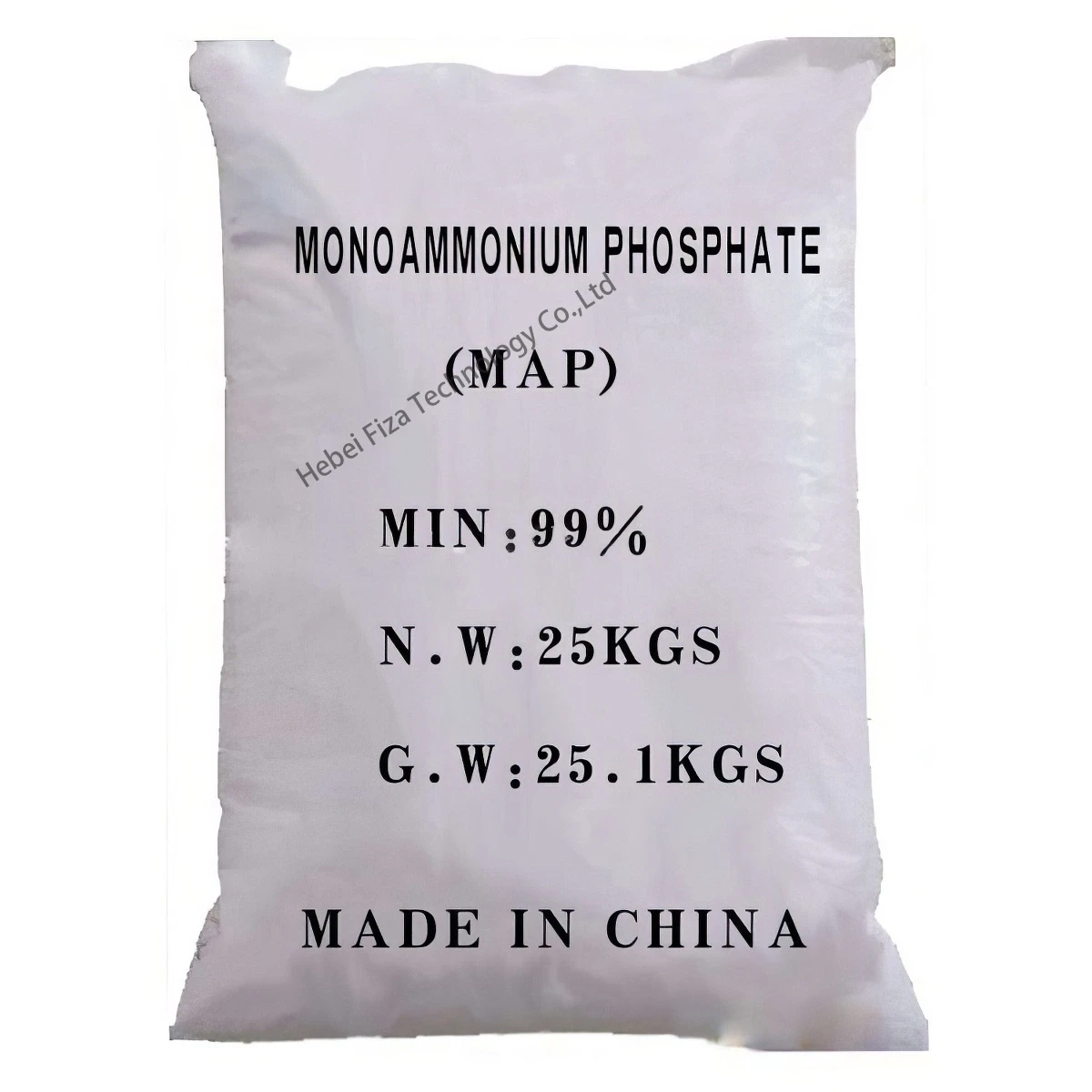



Sodium Isopropyl Xanthate and Its Applications in Mineral Processing and Chemical Reactions
The Role of Sodium Isopropyl Xanthate in Mineral Processing
Sodium isopropyl xanthate (SIPX) is a prominent chemical reagent widely utilized in the field of mineral processing. As a powerful collector in the flotation separation process, SIPX plays a critical role in the extraction of valuable minerals from ores. Understanding its properties, mechanisms, and applications can provide valuable insights into its significance in the mining industry.
Chemical Properties
Sodium isopropyl xanthate belongs to the family of xanthate compounds, which are esters of xanthic acid. It has the chemical formula C4H7O2S2Na and is notable for its yellow color and strong odor. The compound is soluble in water, making it easier to apply in flotation processes. SIPX has a unique molecular structure that allows it to selectively adsorb onto the surfaces of certain minerals, enhancing their hydrophobic properties. This selectivity is crucial for effective separation in flotation systems.
Mechanism of Action
The effectiveness of SIPX as a flotation collector is rooted in its chemical behavior. During the flotation process, the mineral particles are combined with water to create a slurry. When SIPX is added, it interacts with the surfaces of specific sulfide minerals, such as copper, lead, and zinc, forming a hydrophobic layer. This transformation decreases the mineral’s affinity for water, making it more likely to attach to air bubbles introduced into the slurry. The hydrophobic mineral particles then rise to the surface, forming a froth that can be collected, while the hydrophilic impurities sink to the bottom.
SIPX's ability to selectively differentiate between various mineral species stems from its chemical affinity. Different minerals possess varied surface chemistries, and SIPX’s interaction can lead to different flotation efficiencies. Optimizing conditions such as pH levels, concentration of SIPX, and the presence of other reagents is vital to achieving the best separation outcomes.
Applications in Mining
sodium isopropyl xanthate

In the mining industry, SIPX is primarily employed in the flotation of non-ferrous metals, particularly in the extraction of copper and lead from their ores. It is instrumental in separating these valuable metals from the gangue, which consists of unwanted minerals like quartz and feldspar. The use of SIPX enhances the recovery rate of the targeted minerals, leading to more efficient and cost-effective mining operations.
Moreover, SIPX is also used in the processing of other sulfide ores and can be effective in selective flotation systems where multiple minerals are present. Its versatility allows for the optimization of recovery processes tailored to specific ores, enhancing the overall economics of mineral extraction.
Environmental Considerations
While sodium isopropyl xanthate is an effective flotation reagent, its use comes with environmental considerations. The potential toxicity of xanthates to aquatic life necessitates careful management of flotation tailings and effluents. Mining operations are increasingly focused on minimizing environmental impact, leading to the exploration of alternative reagents and greener practices in flotation processes.
Efforts are being made to develop biodegradable xanthate alternatives or to optimize the use of SIPX to reduce its ecological footprint. Additionally, monitoring and treating wastewater from flotation circuits are crucial to prevent contamination of surrounding ecosystems.
Conclusion
Sodium isopropyl xanthate is a vital reagent in the mineral processing industry, facilitating the recovery of valuable metals through flotation. Its selective action and effectiveness in various applications underscore its importance in optimizing mining operations. However, as environmental concerns remain paramount, the industry continues to evolve, seeking sustainable solutions to harness the benefits of SIPX while minimizing its ecological impact. Understanding both the capabilities and challenges associated with SIPX will ensure its responsible use in the future of mineral extraction.
-
Why Sodium Persulfate Is Everywhere NowNewsJul.07,2025
-
Why Polyacrylamide Is in High DemandNewsJul.07,2025
-
Understanding Paint Chemicals and Their ApplicationsNewsJul.07,2025
-
Smart Use Of Mining ChemicalsNewsJul.07,2025
-
Practical Uses of Potassium MonopersulfateNewsJul.07,2025
-
Agrochemicals In Real FarmingNewsJul.07,2025
-
Sodium Chlorite Hot UsesNewsJul.01,2025










